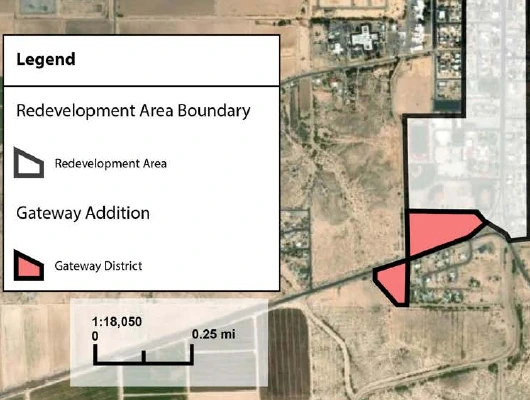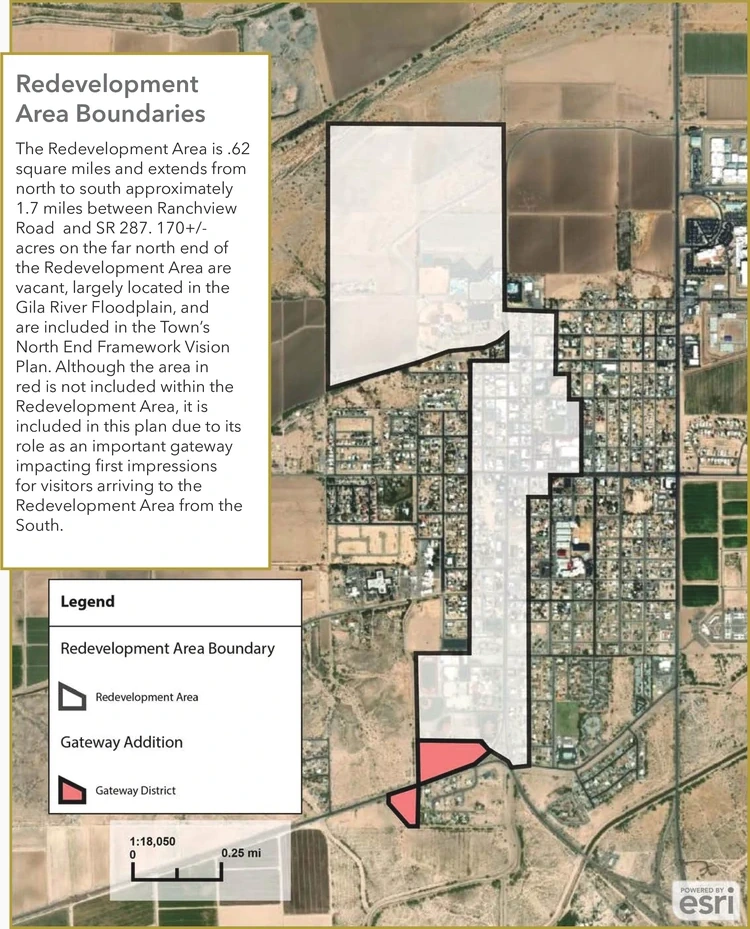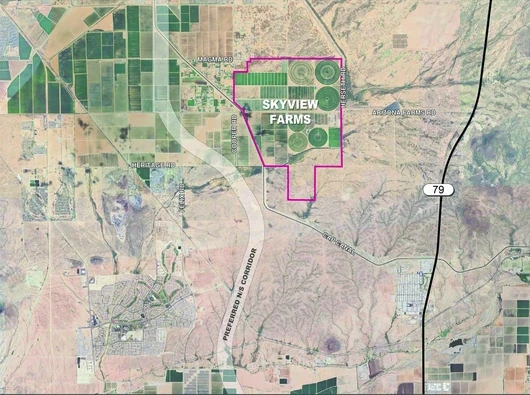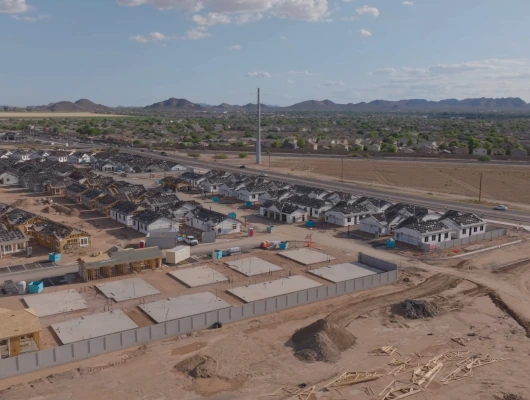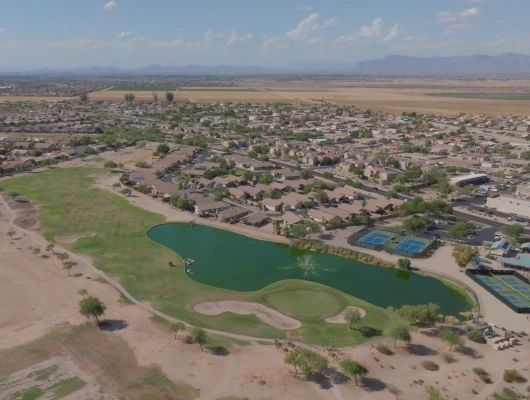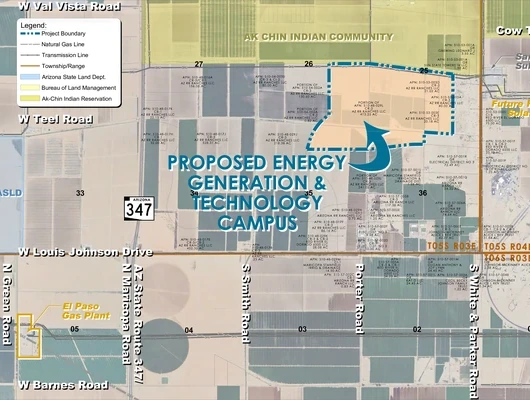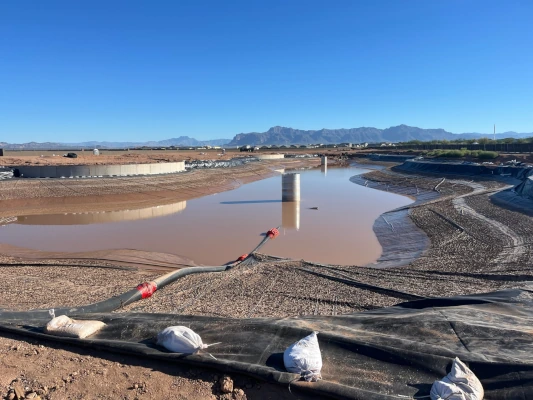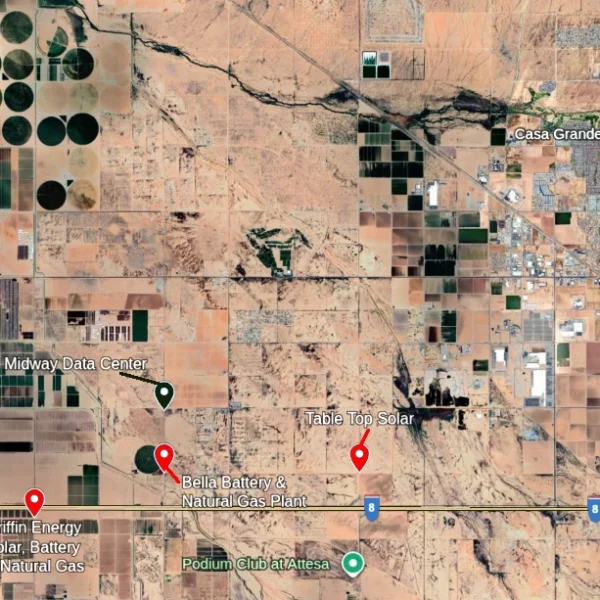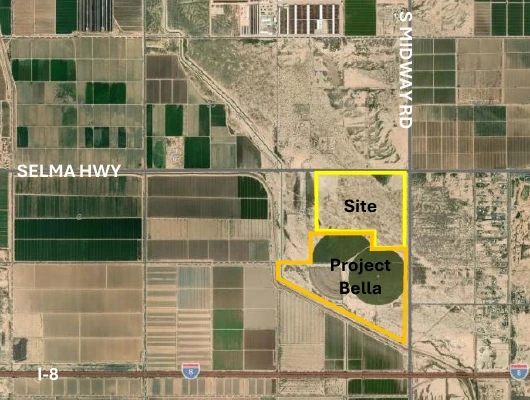The Town of Florence Council voted 7-0 on October 21, 2025, to expand the Downtown Redevelopment Plan boundary to include the Gateway District. The district encompasses eight properties totaling 12.5 acres along State Route 287. Resolution 1952-25 brings the Gateway District’s southern entry corridor into the official redevelopment area after years of discussion.
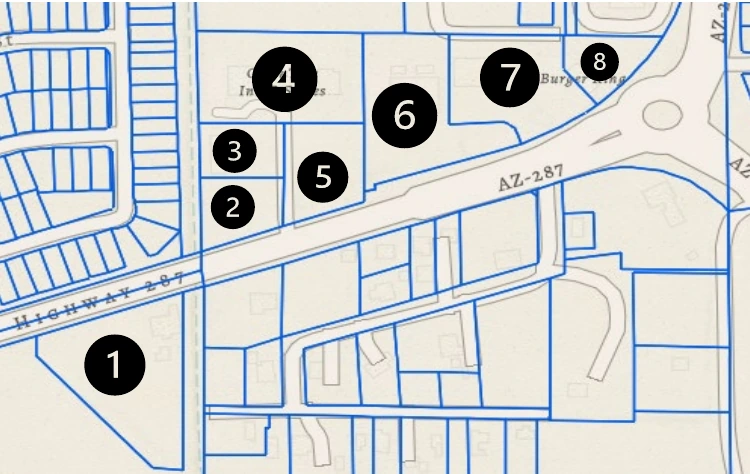
Understanding Florence’s Downtown Redevelopment Plan
The Town of Florence established its downtown redevelopment area in 1996 to address slum and blight conditions and preserve the community’s historic character. The redevelopment plan serves as a tool for stabilizing and revitalizing the downtown through focused goals, strategies, and actions that can be accomplished by the town, residents, property owners, and businesses.
The plan, originally adopted in 2009 and updated in 2021, provides property owners within its boundaries access to revitalization programs and funding opportunities. Being included in the formal redevelopment plan boundary opens doors to Community Development Block Grant funds and the town’s facade improvement program—resources that were previously unavailable to Gateway District properties despite their recognition in planning documents.
Gateway District Boundary Amendment Details
The Gateway District expansion adds eight parcels that serve as the primary entrance to downtown Florence from SR 287. Planning consultant Larry Harmer presented the item to council. He explained the properties were discussed several years ago when the town updated its downtown redevelopment plan but remained outside the formal boundary. The plan described the Gateway District as “the southern entry into the downtown from the Florence Coolidge Highway” and envisioned mixed-use development including retail, restaurants, and office space that could serve hotel guests and downtown visitors.
The amendment formally incorporates these parcels into the redevelopment plan boundary. The properties include the GreenTree Hotel, two restaurant locations including Burger King, three medical facilities, and two vacant parcels.
The Gateway District design guidelines in the redevelopment plan emphasize creating a sense of arrival through distinctive architecture, streetscape design, public art, signage, and landscaping while promoting pedestrian and bicycle-oriented activities.
Grant Programs and Financial Benefits
Harmer outlined several programs now available to Gateway District property owners. Community Development Block Grant (CDBG) funds can now support projects in the Gateway District. The town has previously used CDBG funds for projects such as Americans with Disabilities Act improvements and water line upgrades in the downtown area. The town’s facade improvement program also extends to these properties.
Council Member Response to Gateway District Inclusion
Vice Mayor Cathy Adam served on the Redevelopment Plan Committee. She said the group spent more time discussing the Gateway District properties than the actual redevelopment area during initial planning. She called the amendment a “no-brainer” and expressed enthusiasm for its approval.
Council Member Jose Maldonado, serving as Chamber of Commerce liaison, praised the move as beneficial for local businesses. He suggested future signage reading “Gateway District, Welcome to Florence” to mark the entry.
Council Member Arthur Neal apologized to businesses in the area, stating they had been “shunned” and the inclusion should have happened years ago. He emphasized this issue had been discussed since he joined the council.
Approval Process and Vote Requirements
Arizona statute requires a two-thirds majority vote for redevelopment plan amendments. With seven council members present, five affirmative votes were needed. The council voted unanimously 7-0 in favor of Resolution 1952-25.
The Gateway District expansion takes effect immediately with the adoption of Resolution 1952-25. This allows property owners to access redevelopment programs and funding opportunities previously unavailable to them.
